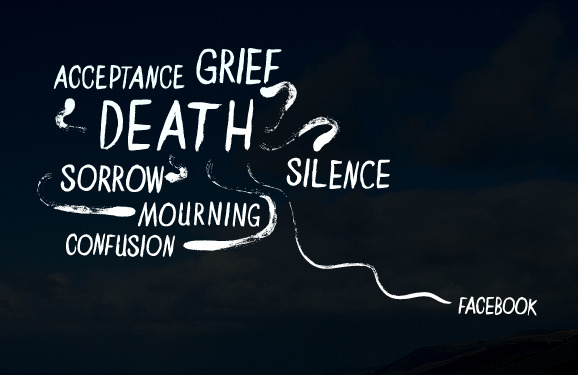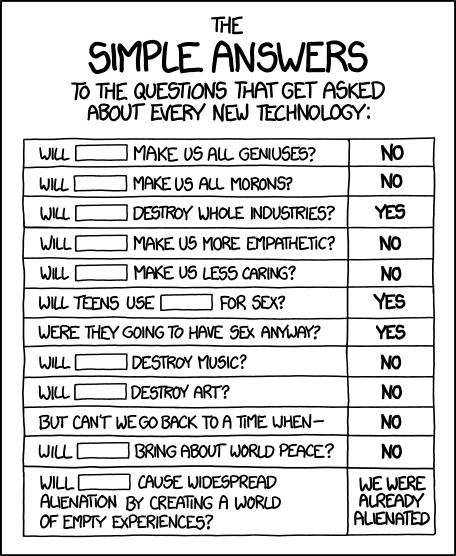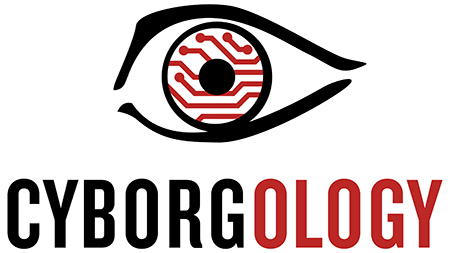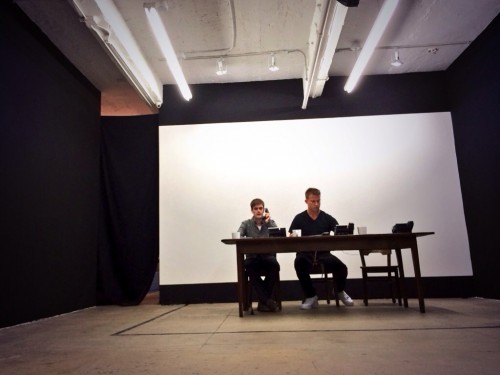
Presider: David Paul Strohecker (@dpsFTW)
Hashmod: R. Stuart Geiger (@staeiou)
This is one post in a series of Panel Previews for the upcoming Theorizing the Web conference (#TtW14) in NYC. The panel under review is titled Consensual Hallucination: Wa$ted: The Making and Unmaking of Commodities
From the clean lines of an Apple product to the intangibility of the Internet, we are encouraged to think of the Web as something that doesn’t take up much room, let alone produce waste. At the heart of digital dualism is the false assumption that what happens on the internet, stays on the internet. The panelists in Wa$ted thoroughly debunk that notion by showing just how tangible the Web really is. Even if the work that happens online is largely intangible, it often organizes bodies and physical means of production. Wesley Shumar, Nora Madison, and Tyson Mitman’s work on craft beer communities demonstrate how networked individuals are enrolled in the production of goods that is both a part of and in contention with the neoliberal regime that created it. Heather Rosenfeld demonstrates a similar point by showing how energy smart devices and utility grids both feed into the neoliberal conception of the citizen-consumer but also point toward liberatory potentialities and environmental justice. Silicon Valley isn’t usually lumped together with energy and car companies as major polluters but, as Andrea Zeffiro and Mél Hogan’s work on techno-trash and Brian Thill’s work on digital wastelands show, the Internet makes a lot of trash. From spam folders to mercury-laden landfills, our status updates have deleterious effects on ourselves, others, and the environment. While Zeffiro and Hogan’s work underscores truly global nature of ewaste streams, Thill shows how deeply the problem of waste is misunderstood by those that create the most of it. more...









